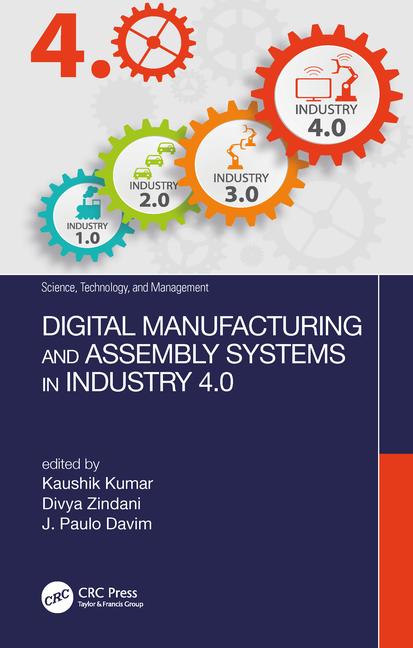The rotary indexing dial is arguably the most efficient, reliable and cost-effective chassis for high-speed automated assembly. However, it’s not without some limitations. If more stations are needed than one dial can accommodate, if a station is too large to fit around the dial, or if one assembly process takes more time than the rest, a second dial or assembly platform is required.
Much better would be a chassis that combines the speed and precision of a rotary indexing dial with the flexibility of a linear asynchronous system. With their new LS280 linear transfer system, the engineers at Weiss North America Inc. (Willoughby, OH) have done just that.
The system consists of multiple independent locating stations connected by sections of hardened track, says Bill Eppich, vice president of Weiss. Assemblies move through the system on transporters that roll along the track like a train on rails. When they’re not at a locating station, the transporters are pulled along by a toothed belt. The system can be laid out in a 180-degree configuration with two corner units, or a 90-degree configuration with four corner units.
The transporter consists of an aluminum carrier, four profiled roller bearings and a nickel-plated steel base on which the fixture is mounted. A cam follower extends from the inside edge of the carrier. Weiss can drill and tap the base according to assemblers’ specifications, or assemblers can omit the base and mount their fixtures directly on the carrier. Transporters travel through the system in groups of two or three, linked by connecting rods. Transporters can be swapped out in less than 1 second.
Because the transporters ride on rails, pressure on the belt is independent of the weight of the assemblies. Belt speed adjusts automatically depending on the location of the transporters. To minimize buffering and keep the number of transporters low, belt speed is high on free lengths of track. In queuing zones, belt speed is low to ensure smooth entry into the locating stations.
Assembly is performed at the locating stations. When a train of transporters arrives at a station, an axial cam draws it in and indexes it past each assembly position. (An axial cam is cylindrical-the follower moves parallel to the cam’s axis of rotation.) Cams are available for linear indexing strokes of 140, 280 or 560 millimeters. The cam profile is a modified sine curve that ensures a smooth transition between peak acceleration and peak deceleration.
Cam-driven indexing eliminates the need to queue, stop and locate pallets at each assembly position, as is necessary in an asynchronous system, says Eppich. With the Weiss system, a locating station can operate at a maximum rate of 45 cycles per minute.
Each locating station has local intelligence and requires only a simple “handshake” with the central controller. Thus, a system can be built with multiple locating stations, each operating at a different speed and indexing rate. For example, a station with a 280-millimeter stroke can process two parts simultaneously, while another station, with a 140-millimeter stroke, can process parts in sequence. As many as 14 assembly positions can be located at a station with a single drive and control system.
Another advantage of this modular design is that engineers can get a system up and running quickly. “You can tool up our system in half the time you’d need for a conventional system,” says Eppich.
Locating stations do not necessarily have to be automated. The cam can be replaced with a switch-activated stopper that keeps the transporter stationary for manual assembly operations.
To increase reliability and decrease maintenance costs, lubrication points are incorporated in the guide rails and before the transport cams of the locating stations. The points are supplied by a central lubrication pump, which is governed by the system controller. The pump automatically adapts the lubrication cycles to match the operating conditions.
Station to Station: Assembly Platform Blends Dial, Asynchronous Systems
Looking for a reprint of this article?
From high-res PDFs to custom plaques, order your copy today!






